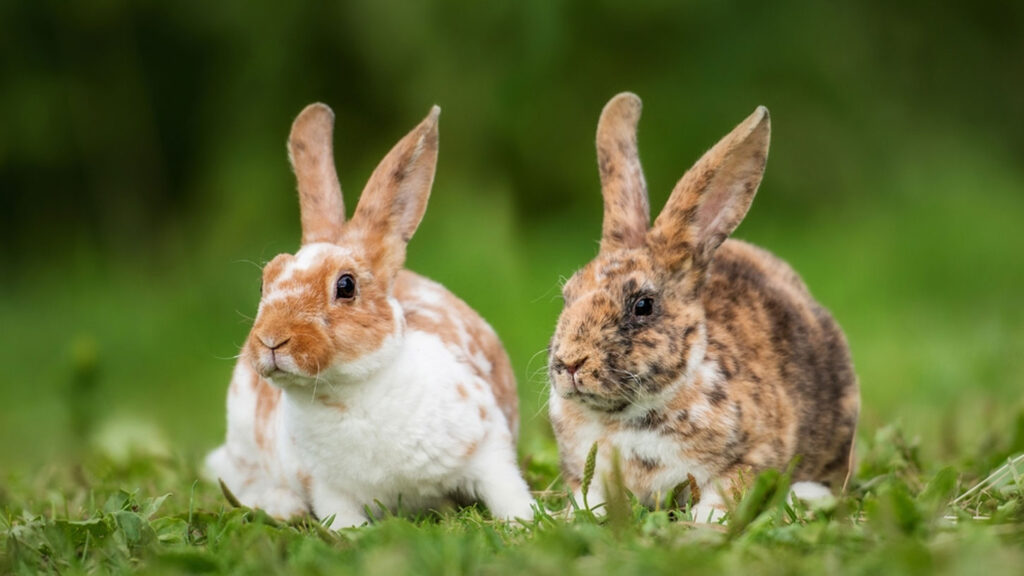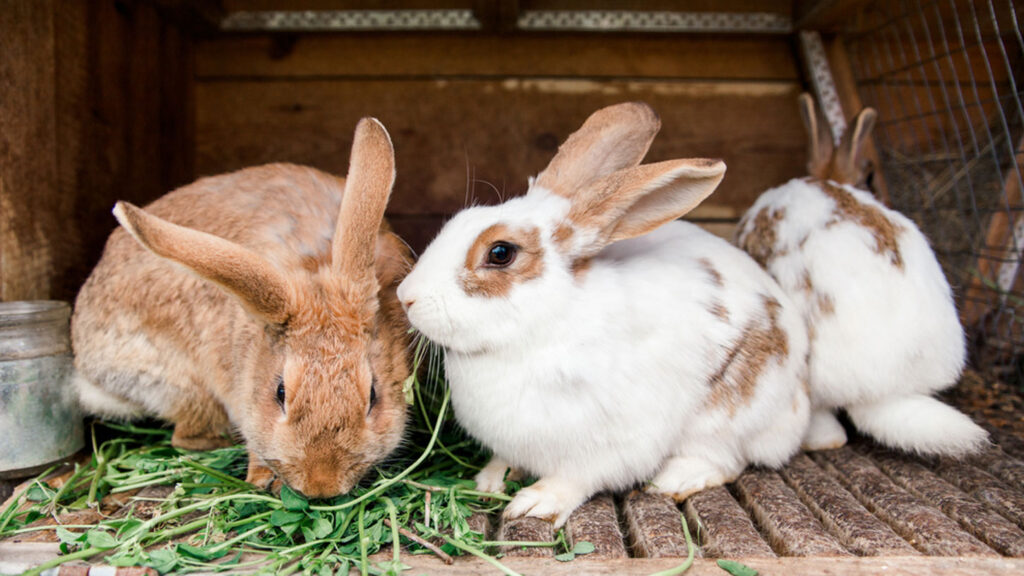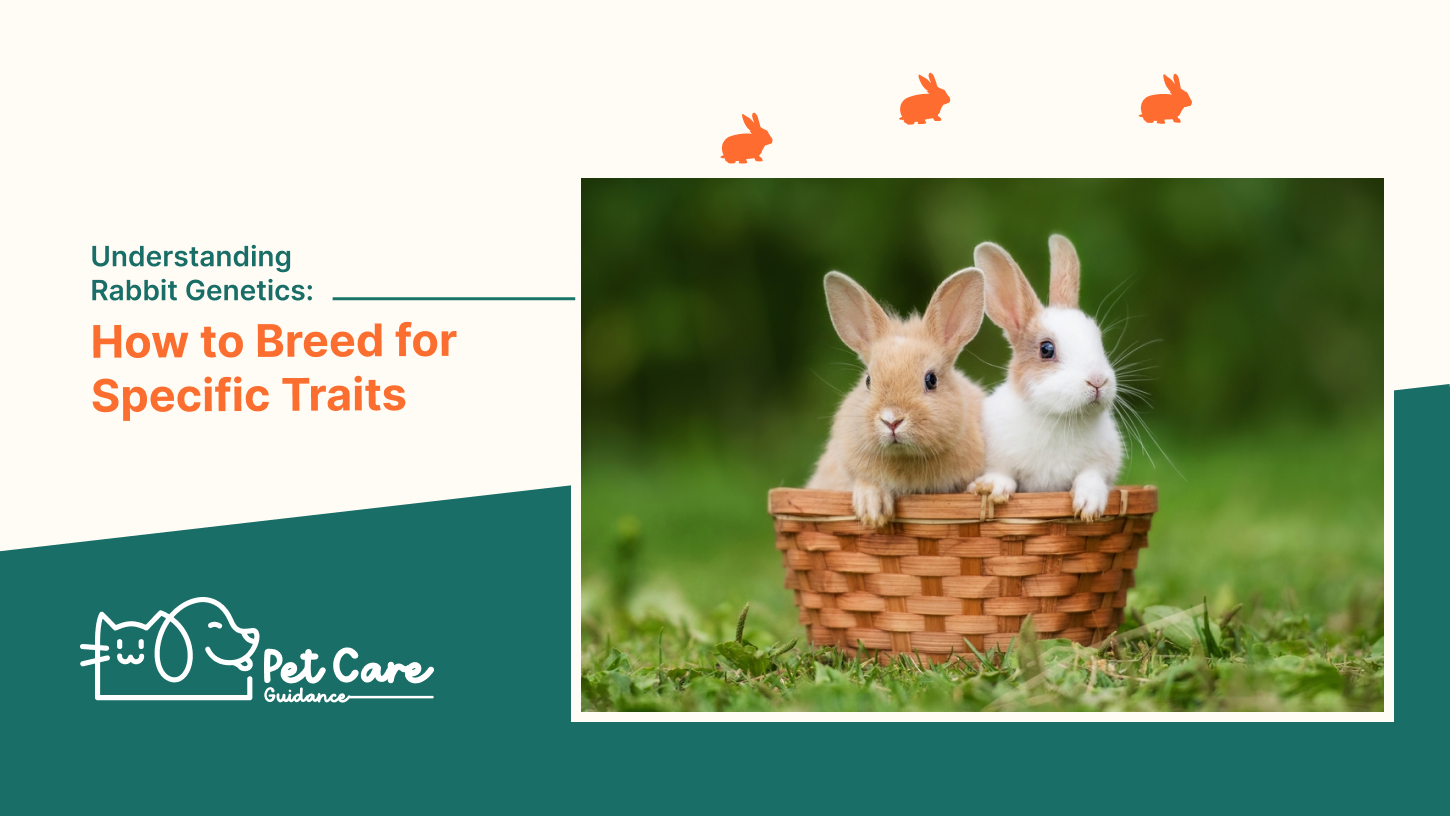Understanding Rabbit Genetics: Learn how to selectively breed rabbits for specific traits in an accurate and concise manner. This guide will provide you with the knowledge needed to manipulate rabbit genetics and achieve desired color patterns and coat traits.
The Basics of Rabbit Genetics
The rabbit genome is the complete set of genetic information in rabbits. It consists of genes, which are the segments of DNA responsible for specific traits. Each trait in a rabbit is determined by one or more genes. Understanding the rabbit genome is crucial for rabbit breeders who want to breed for specific traits.
In rabbits, genes come in pairs, with one copy inherited from each parent. Some genes are dominant, meaning they have a stronger influence on the traits expressed, while others are recessive, meaning their influence is masked by dominant genes. By understanding the different combinations of genes and their dominance, breeders can predict the traits that will be passed on to offspring.
Rabbit genetics follow the principles of Mendelian inheritance, named after the scientist Gregor Mendel. According to these principles, the inheritance of traits is determined by the interaction of alleles, which are different forms of a gene. By using Punnett squares and understanding the patterns of inheritance, breeders can make informed decisions when breeding rabbits for specific traits.

Understanding Rabbit Coat Color Genetics
Rabbit coat color genetics can be a complex subject to grasp, but it’s crucial for breeders looking to produce specific traits in their rabbits. When it comes to understanding rabbit coat color genetics, it is essential to consider both phenotype and genotype.
Phenotype refers to the physical appearance or observable traits of a rabbit, such as its coat color or eye color. On the other hand, genotype refers to the genetic composition or the combination of genes present in a rabbit, which determines its phenotype.
Color genes play a significant role in rabbit coat color inheritance. Different color genes are responsible for transferring specific coat colors from parents to offspring. Eye color, as well as other color patterns, are also influenced by these genes.
When breeding for specific coat color traits, it is crucial to understand the absolute color rules. These rules indicate which genes are dominant and which ones are recessive, determining the outcome of offspring color. It’s important to note that recessive genes may not always manifest in the phenotype, but they can still be passed on to future generations.
By understanding rabbit coat color genetics and the transfer of color genes, breeders can make informed decisions when selecting rabbits for breeding. Proper knowledge of phenotype, genotype, and the influence of recessive genes will contribute to the successful breeding of rabbits with desired coat color traits.

Breeding For Specific Traits
Genetic selection and line breeding are essential techniques for breeding rabbits with specific traits. By carefully selecting rabbits with desirable characteristics and breeding them over generations, we can enhance and fix desired traits in their offspring.
Rabbits inherit genes from their parents, determining their physical characteristics. Dominant genes are more influential, while recessive traits need both parents to carry the gene to be expressed. Understanding the dominance and recessiveness of traits is crucial for breeding.
The Punnett square is a valuable tool that predicts the probability of traits being passed on to offspring. By combining the genotype of the parent rabbits, we can determine the likelihood of specific traits appearing in their offspring.
Heritability estimates help us understand the extent to which genetics influence certain traits. By assessing heritability, we can determine the likelihood of passing on specific traits to the next generation and make informed breeding decisions.
Breeders often aim to create rabbits with unique and desirable coat colors. By understanding rabbit coat color genetics, breeders can selectively mate rabbits with certain coat color genes to achieve the desired colors in the offspring.
Taking Care Of The Breeding Process
When it comes to breeding rabbits, understanding their genetics is crucial. In this blog post, we will explore how to breed for specific traits and ensure healthy offspring.
Planning the Breeding Program
Planning the breeding program involves selecting suitable breeding pairs based on the traits you want to propagate. It is essential to have a clear goal and establish a breeding strategy.
Recognizing Genetic Disorders
Recognizing genetic disorders is important to avoid passing on unwanted traits. Familiarize yourself with common disorders and conduct genetic testing when necessary.
Managing Genetic Drift
Managing genetic drift is crucial for maintaining genetic diversity. Keep track of your breeding program and introduce new bloodlines to prevent inbreeding depression.
Frequently Asked Questions Of Understanding Rabbit Genetics: How To Breed For Specific Traits
What Colour Babies Will My Rabbit Have?
The color of your rabbit’s babies is determined by multiple genes that control coat color. It can be a combination of different colors depending on the genetic makeup of the parents.
Can Two Black Rabbits Produce White Offspring?
Yes, two black rabbits can produce white offspring. The color of a rabbit’s coat is determined by multiple genes that control color base, pattern, and pigment.
What Are The Important Factors To Be Considered In Selecting Rabbit For Breeding?
When selecting rabbits for breeding, important factors to consider include their coat color, genetics, health, temperament, and reproductive abilities.
What Are The Genetics Of Rabbit Breeding Color?
The genetics of rabbit breeding color is determined by genes that control color base, density, pattern, dark pigment extension, spotting, and silvering. The B gene controls the color base, while other genes dictate the other color characteristics.
Conclusion
Understanding rabbit genetics is crucial for breeding rabbits with specific traits. By comprehending the different genes that control coat color, density, pattern, and more, breeders can intentionally select rabbits that will produce desired offspring. Additionally, understanding concepts like Punnett squares and line breeding can help breeders predict the traits of future generations.
By applying this knowledge, rabbit breeders can create unique and desirable rabbit varieties. So, whether you’re breeding for show rabbits or simply for pets with certain characteristics, understanding rabbit genetics is essential for success. Happy breeding!


